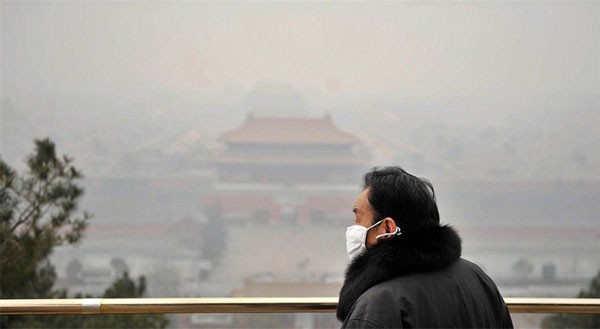China's widely publicized air-pollution problem appears to be weighing on Beijing too heavily, as the bimonthly session of the Standing Committee of the National People's Congress was presented with newly drafted laws.
Proposed changes for the committee to consider include a draft of harsh penalties for both individual and organizational offenders, revised local government procedures, and the introduction of early-warning systems for environmental protection and meteorological departments.
As a preamble to the details of the draft proposals, the readers of the Shanghai Daily were provided with updated data on the status of air pollution in China. The public was informed that for the third quarter of 2014, an average of 45 percent of the days saw significant air pollution affect the people of the Beijing-Tianjin-Hebei region; Beijing and eight of its neighboring cities were among the 10 Chinese cities with the worst air quality; and, at the end of 2014, 15 percent of the world's automobiles are located in China.
Environmental protection minister Zhou Shengxian was responsible for speaking before the committee, which was informed that the current legislation was last amended in 2000 to address sulfur dioxide discharge, after it was first made official in 1987. Zhou also explained that the nation's air pollution currently consists of smoke from burning coal and vehicle exhaust fumes.
In terms of penalties, the draft stipulates that citizens found to be in breach of environmental law, such as discharging air pollutants without being in possession of a pollutant discharge permit, must amend their behavior if they do not want to be fined with up to a million yuan. Also, vehicle owners could be fined 5,000 yuan.
Businesses and governmental organizations are also targeted: Auto workshops could be fined between 20,000 yuan and 200,000 yuan, while guilty departments could have any illegal gains seized in addition to monetary fines.
Monday's discussion is timely, as a country with 244 million licensed car drivers and 264 million active civilian motor vehicles will need to implement plans for a different kind of future if the Chinese do not wish to be overwhelmed by air pollution.



























